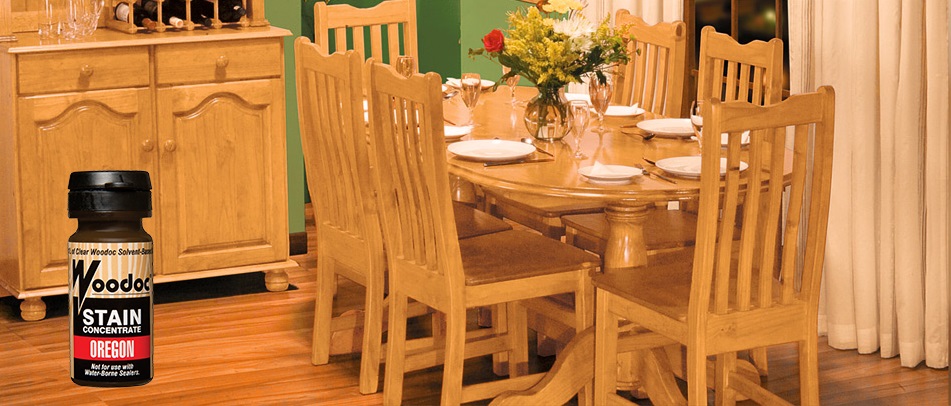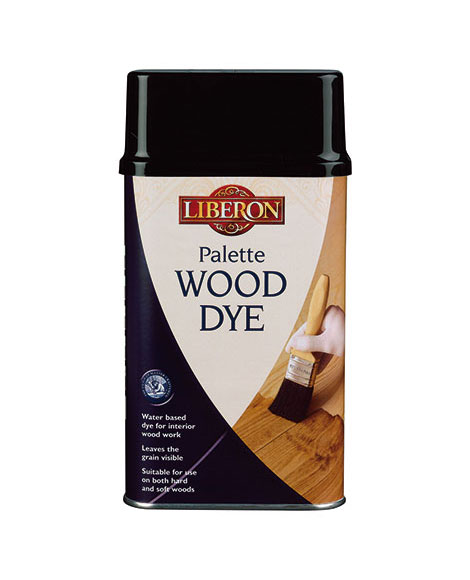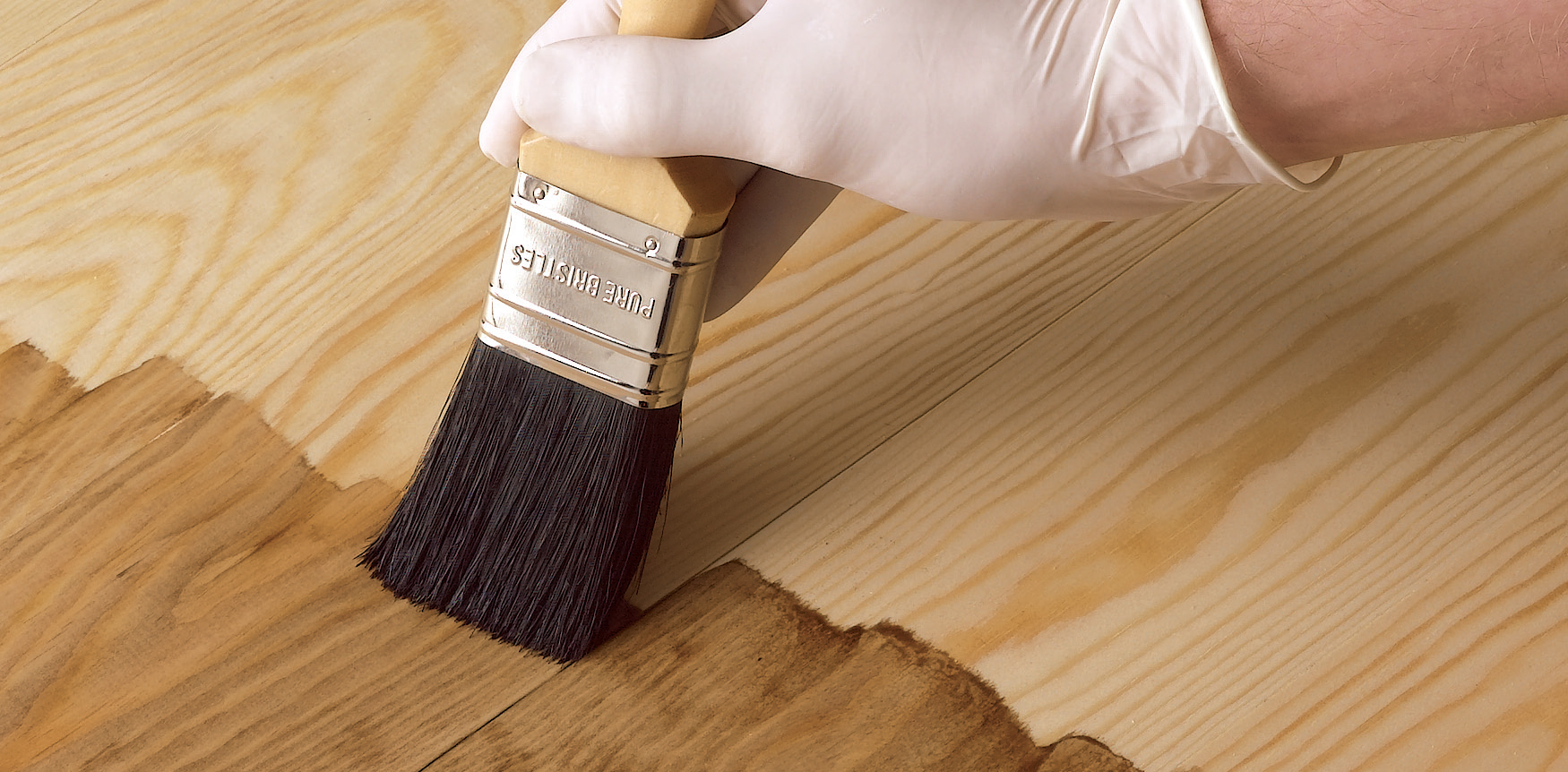Stains vs. Dyes for Woodwork: Choosing the Right Finish

Woodworking projects come to life with the application of a finish, which not only protects the wood but also enhances its appearance. Two common options for finishing wood are stains and dyes. While both are designed to add color and depth to wood surfaces, they work differently and offer unique advantages. In this article, we’ll explore the differences between stains and dyes, their applications, and how to choose the right finish for your woodworking project.
Stains: Adding Color with Transparency
Wood stains are popular for their ability to add color to wood while maintaining the natural beauty of the grain. Stains consist of pigments and dyes mixed with a binder or solvent. The key characteristic of stains is their transparency. When applied, stains allow the wood’s natural grain patterns to show through while imparting the chosen color.
Advantages of Stains:
- Enhanced Grain: Stains highlight and accentuate the wood’s natural grain, giving it depth and character.
- Color Control: Stains come in a wide range of colors, allowing you to choose the shade that complements your project.
- Easy Application: Stains are relatively easy to apply, making them a popular choice for both beginners and experienced woodworkers.
- UV Protection: Some stains contain UV inhibitors that protect the wood from fading or discoloration caused by sunlight.
Considerations for Stains:
- Limited Color Variability: Stains can’t achieve extremely vibrant or non-traditional colors since they rely on the wood’s natural tones.
- Opacity: While stains are transparent, they may obscure the grain to some extent, depending on the product and application technique.

Dyes: Vibrant Colors with Transparency
Wood dyes, on the other hand, are highly pigmented and come in a liquid form. Unlike stains, dyes are entirely transparent and penetrate deep into the wood fibers. They provide vibrant and intense colors, making them an excellent choice when you want to achieve vivid or non-traditional finishes.
Advantages of Dyes:
- Vivid Colors: Dyes offer a wider range of vibrant and intense colors, allowing for creative and customized finishes.
- Deep Penetration: Dyes penetrate deeply into the wood, resulting in consistent color throughout the wood.
- Minimal Grain Obscuration: Dyes do not obscure the wood’s grain patterns, preserving its natural beauty.
- Blending Capabilities: Dyes can be mixed to create custom colors and gradients.
Considerations for Dyes:
- Application Difficulty: Dyes can be trickier to apply than stains, requiring more attention to detail and experience.
- UV Protection: Dyes do not typically provide the same level of UV protection as some stains, which can lead to color fading over time.
Choosing Between Stains and Dyes
The choice between stains and dyes largely depends on your project’s goals, your desired finish, and your woodworking experience:
- If You Value Natural Grain: If showcasing the wood’s natural grain is a priority, stains are an excellent choice. They add color while preserving the wood’s beauty.
- For Vivid Colors: If you desire vibrant or non-traditional colors, dyes are the way to go. Dyes allow for creative and intense finishes.
- Application Experience: If you’re new to woodworking or prefer a simpler application process, stains are more forgiving and user-friendly. Dyes require more skill and precision.
- UV Protection: Consider the project’s exposure to sunlight. If UV protection is crucial, select a stain with UV inhibitors or apply a clear UV-protective topcoat over the dye.
- Customization: If you want to mix colors and create custom shades, dyes offer greater flexibility in color blending.

Stains and dyes are both valuable tools in a woodworker’s arsenal, each with its own strengths and applications. Whether you choose stains or dyes for your woodworking project depends on your desired finish, the type of wood you’re working with, and your level of experience. Ultimately, the right choice will allow you to achieve the perfect combination of color and wood grain that suits your artistic vision.
Comments
Add comment